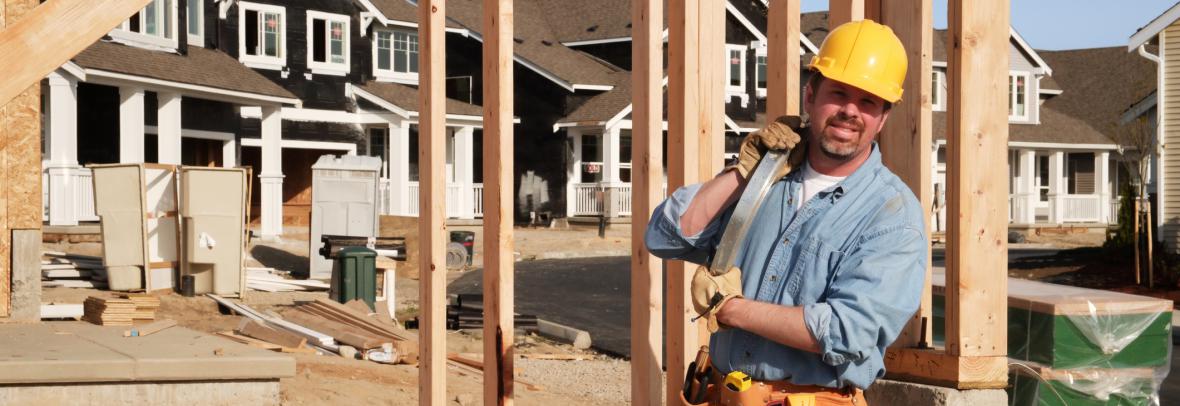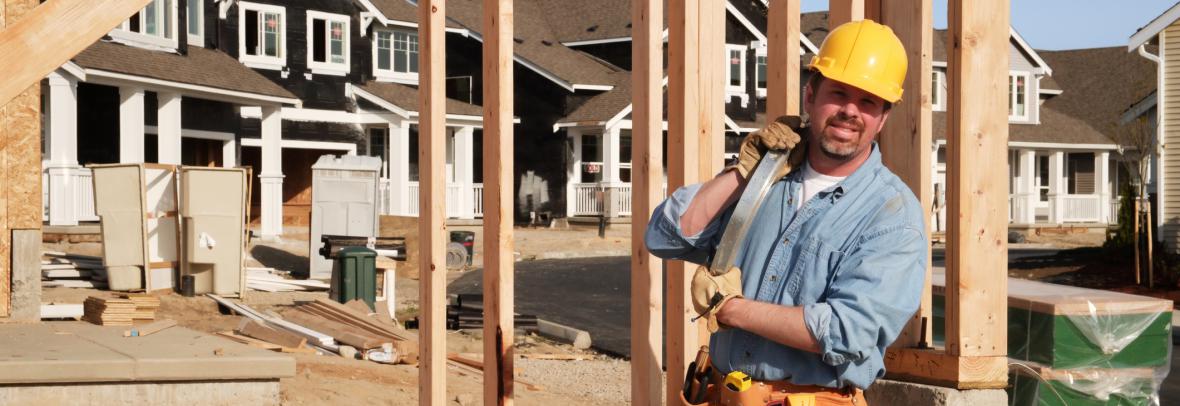
Builders told Congress that regulations make it difficult to construct more affordable housing – and they created a list of six specific regulatory roadblocks.
WASHINGTON – The National Association of Home Builders (NAHB) told Congress this week that government regulations and mandates supporting environmental, social and governance (ESG) policies impede the industry’s ability to increase production of quality, affordable housing.
Testifying at a House Financial Services subcommittee hearing, NAHB Chairman Alicia Huey said a growing number of ESG policies at the local, state and federal level have a direct impact on housing production and affordability.
“ESG policies already have caused home insurance companies to drop out of some areas and raise rates in others,” testified Huey. “Bank lenders are being urged to minimize the risks associated with their portfolios, causing concern they may cease lending in certain locations or increase their borrowing rates. And as supply chain woes continue to stifle residential construction projects across the nation, we worry that ESG disclosure requirements could further impede or prevent availability of needed building supplies and/or transportation to their required destinations.”
With the nation experiencing a housing affordability crisis, “now is not the time to create or support additional regulations that add more uncertainty, delays and costs to the home building process,” she said.
Huey’s list of regulations/code issues
- Transformer standards. Soaring costs and shortages of electrical distribution transformers are delaying housing projects across the nation at a time when the Department of Energy (DOE) is seeking to minimally increase the energy efficiency standards for these products. The DOE proposal would force manufacturers to retool production lines to produce new transformers and worsen the historic 18-to-24-month backlog that is hampering development across the country.
- Building energy codes. The Inflation Reduction Act included $1 billion in grants to state and local governments to adopt updated energy codes that are more costly and restrictive, such as the 2021 International Energy Conservation Code (IECC). Adoption of the 2021 IECC can add as much as $31,000 to the price of a new home, yet can take as long as 90 years for the homeowners to see a payback from this investment. Implementation of these grants will result in fewer families being able to achieve the American dream of homeownership.
- Electrification and gas stoves. ESG policies that seek to effectively ban the use of natural gas and propane within new construction and existing homes are extremely concerning. A study conducted by the Home Innovation Research Labs in 2021 found that the additional up-front cost to build an all-electric house (as compared to a house with natural gas equipment and appliances) ranged from $3,832-$15,100 depending on climate zone. Natural gas is a clean fuel that contributes to lower carbon emissions and NAHB remains committed to promoting energy choices for consumers.
- Waters of the U.S. The Supreme Court recently struck down key parts of the Biden administration’s waters of the U.S. rule, but administration officials have indicated that they will not issue any new federal jurisdictional determinations until a new rule is instituted. Federal agencies need to issue interim guidance and move the process forward. Land acquisition, permit processing and home building cannot be paused until a new rule is implemented.
- Intersection of the National Flood Insurance Program and Endangered Species Act. The Federal Emergency Management Agency (FEMA) is suspending processing of certain floodplain map change requests in parts of California. FEMA’s decision is the result of a confidential legal settlement between FEMA and environmental advocates who claimed that the simple act of revising floodplain maps negatively impacts federally protected species or their designated critical habitat under the Endangered Species Act (ESA).
The practical effect of this regulatory action is that it increases the ownership costs for tens of thousands of new housing units because the properties will be required to obtain flood insurance under the National Flood Insurance Program.
- Property and Casualty Insurance. Due to increasing perceived risks and pressure to address ESG, among other reasons, many private insurance companies are denying the sale of new property and casualty insurance policies, declining to renew existing coverages, and/or drastically raising policy rates in certain states. To make matters worse, reinsurance companies are rapidly increasing the costs of insurance for insurance companies on all lines of coverage due to recent national and global disasters, burgeoning bureaucratic expenses and to make up for reduced participation.
Taken together, it is becoming increasingly more difficult for both existing and potential new homeowners to secure available and affordable insurance, which is harming housing affordability.
“These are just a few examples that illustrate how regulatory costs, which account for about 24% of the price of a typical new single-family home, contribute to the housing affordability crisis,” said Huey. “NAHB continues to urge Congress and the Biden Administration to address these factors that hamper the ability of home builders to increase the supply of quality, affordable housing.”
© 2023 Florida Realtors®
Go to Source
Author: kerrys



